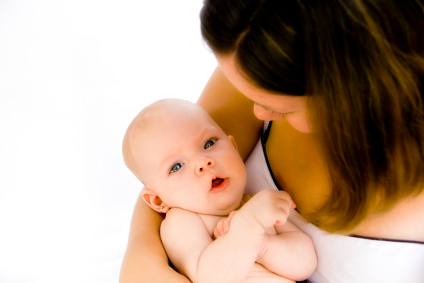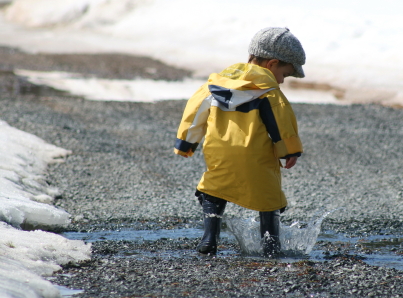 When your baby cries, you instinctively scoop him up and rock him. His need to move and his ability to be soothed by movement are vital in the first 15 months of life when the vestibular system – the area that gives him a sense of balance and distance – is developing.
When your baby cries, you instinctively scoop him up and rock him. His need to move and his ability to be soothed by movement are vital in the first 15 months of life when the vestibular system – the area that gives him a sense of balance and distance – is developing.
Aside from the physical benefits of movement, your child also recieves an emotional benefit from rocking and bonding with you. This quiet, rocking ritual can provide him with a sense of security, allowing him to grow into an assured, confident learner with a healthy self-esteem.
Rocking is still important as your young child grows and will often become a favorite – and memorable – activity for both child and parent. Even older children benefit from the stimulation of the vestibular system. Urges to run and tear around the house can be mellowed by taking a few minutes for quiet or even more active rocking.
Kindermusik Tips for your Baby, Toddler, and Preschooler
- > Rocking your baby: Place a blanket on the floor and lay your baby in the middle. With an adult caregiver on either side, pick up a corner of the blanket and gently “hammock” your child. If your baby doesn’t like rocking this way, simple lay him on his back and gently rock him side-to-side to the rhythm of the music.
- > Rocking with your toddler: Toddlers can rock a favorite stuffed animal, or while you sit on the floor, your toddler can hug you from behind as you rock back and forth to the music.
- > Rocking with your preschooler: Preschoolers will love to curl their bodies into little balls, and rock and roll around the room. Want to let your inhibitions go? Do this with them! Fits of giggles are sure to follow.





